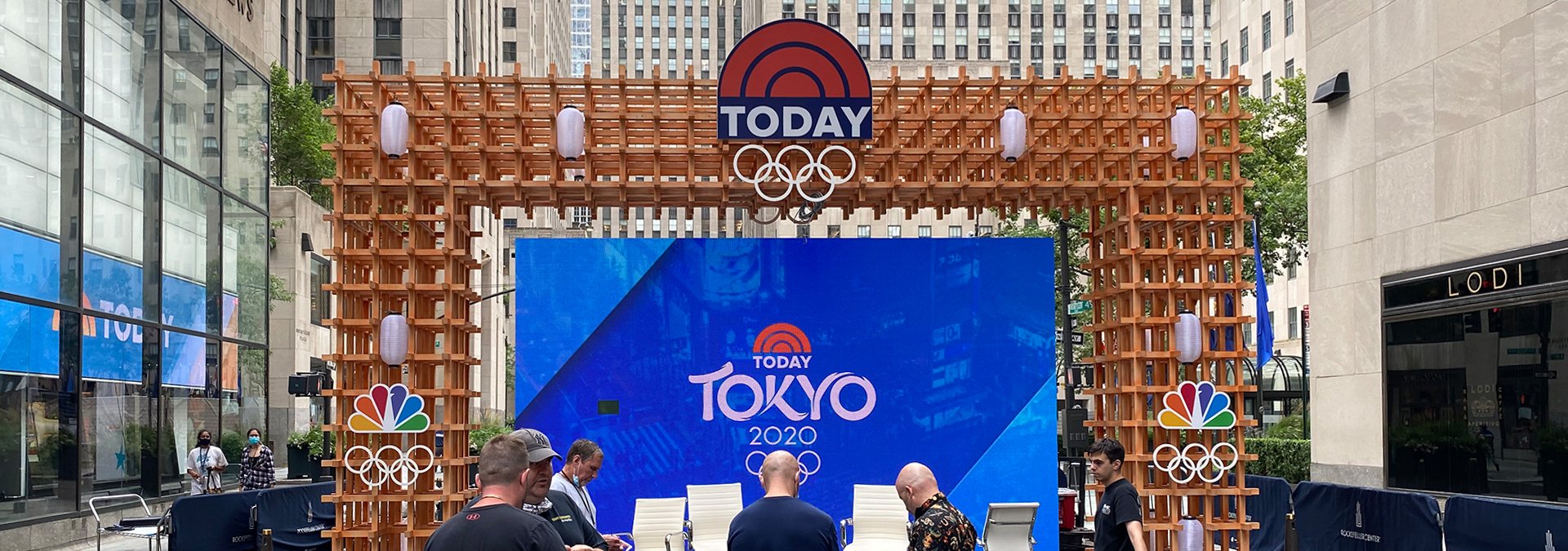Efficient Tactics for Overcoming Temperature Issues in Light Emitting Diode Wall Panels
Wiki Article
LED wall panels are progressively popular for multiple uses, including promotion, functions, and digital displays. Nevertheless, excess heat is a significant issue that can affect their functionality and longevity. When LED panels become too hot, they may decrease in brightness, hue distort, or even malfunction completely. Understanding the causes and applying efficient strategies to control heat can help maintain the ideal function of LED wall screens. This piece will discuss several approaches to tackle overheating challenges related with these units.
One powerful approach for preventing overheating in LED wall panels is guaranteeing proper ventilation. It is crucial to place these panels in settings where air circulation is sufficient. This can be achieved by placing the screens in a properly aired area or utilizing blowers to improve ventilation around the devices. Additionally, if the screens are installed in a tight space, establishing gaps or implementing air ducts can help release heat more effectively. Maintaining a lower surrounding heat level is vital, as it immediately impacts the performance and lifespan of LED wall panels.
Another way to combat excess heat is through the application of heat control substances. These materials can help absorb, dissipate, or redirect heat away from the LED components. Heat sinks are commonly used in many digital devices, including LED panels. These metallic components pull heat away from the light-emitting diodes, permitting them to function at a more secure temperature. Additionally, heat-conducting use this link compound or pads can be utilized to enhance heat conduction between the LED elements and the heat sinks, further boosting their chilling effectiveness.

Routine maintenance and monitoring of LED wall panels also play a vital role in preventing excess heat. Dirt and grime can build up on the faces of these screens, blocking ventilation and holding heat. Regular tidying, using suitable tools, will keep the panels free from obstructions. Furthermore, monitoring the temperature of the panels can help identify overheating issues before they become severe. Using temperature sensors can provide valuable information, allowing users to take corrective action if the panels begin to go over secure functioning heat levels.
The implementation of advanced technology can also help tackle excess heat challenges in LED wall panels. Many contemporary LED screens come equipped with built-in thermal management systems. These systems can automatically adjust the brightness of the display based on the temperature, reducing heat generation when necessary. Additionally, program solutions can track the functionality of the panels and provide alerts if overheating is detected. Incorporating these technologies can significantly enhance the longevity and dependability of LED panel screens.
In summary, controlling excess heat in LED panel panels is crucial for guaranteeing their performance and lifespan. Implementing strategies such as ensuring adequate airflow, using thermal management materials, performing routine care, and employing cutting-edge tools can help mitigate overheating challenges. By implementing these proactive steps, users can enjoy the full benefits of LED wall panels while minimizing the threat of temperature-related issues. This approach not only enhances the performance of the panels but also contributes to a much eco-friendly and effective application of devices in various applications.